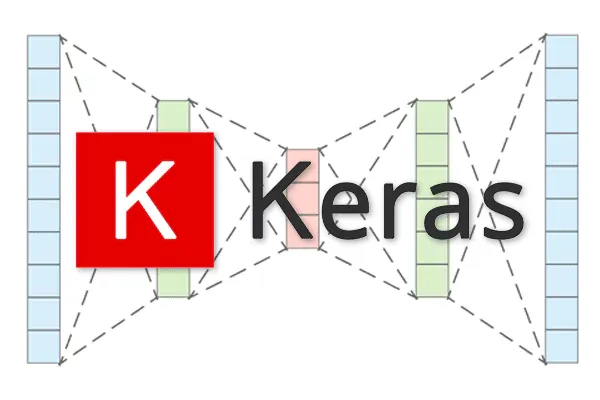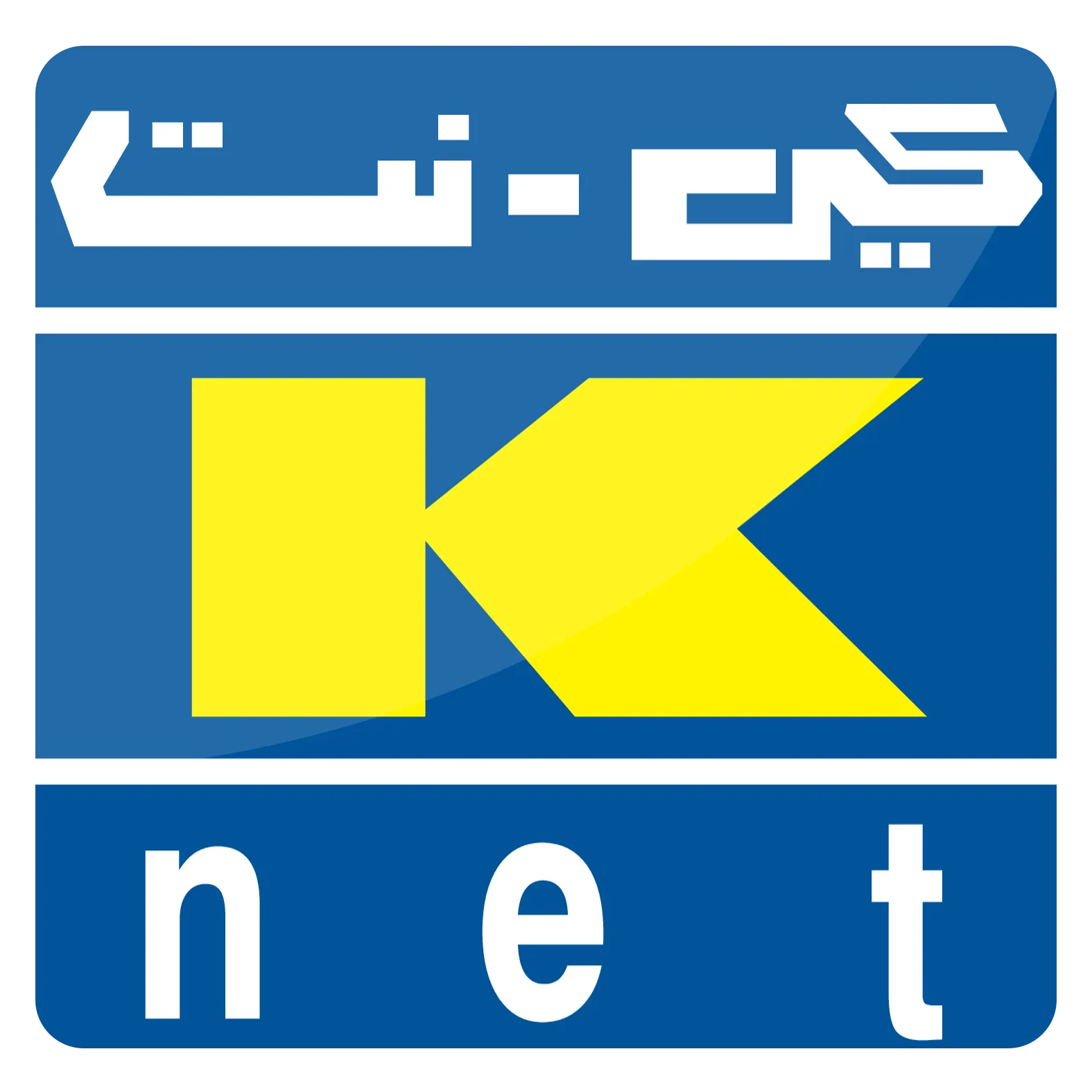Introduction
Keras has dominated the deep learning world. But is it still the undisputed champion?
This blog will cover 10 worthy alternatives that give Keras a run for its money.
From lightning-fast GPU performance to intuitive APIs, these challengers bring their own strengths to the table. Forget complexity and opacity.
We break down what makes each framework unique in simple terms. Whether it's flexibility, simplicity or pure power you seek, these Keras alternatives have you covered.
Think you know which one will come out on top? The performance comparisons will surprise you.
By the end, you'll have the insider knowledge to pick the perfect deep learning tool for your next project. We've done the homework so you don't have to - now dive in and uncover the best Keras alternative for your needs. So, keep reading to choose your best!
10 Keras Alternatives You Should Consider

Keras has reigned supreme in deep learning. But the competition is closing in fast. New challengers bring their own superpowers to the table.
It's time to explore the top alternatives to Keras. Discover which framework suits your needs. Unleash performance, flexibility and simplicity.
This ultimate guide breaks down the top contenders. By the end, you'll have the inside track to pick the perfect deep learning partner. The age of AI is here. Are you ready to join the revolution?
TFLearn
TFLearn is a powerful deep learning library that can serve as an excellent alternative to Keras.
With a user-friendly API and seamless integration with TensorFlow, TFLearn provides developers with a high-level interface for building neural networks.
One of the standout features of TFLearn is its simplicity. By abstracting away the complexities of deep learning, TFLearn allows developers to focus on the core logic of their models.
Additionally, TFLearn offers many built-in functionalities, including support for various loss functions and optimizers. Its ability to handle large datasets efficiently makes it popular among researchers and practitioners.
With TFLearn, you can quickly prototype and deploy deep learning models, making it an appealing alternative to Keras.
NVIDIA Deep Learning GPU Training System (DIGITS)
For those seeking a powerful alternative to Keras that leverages the immense computing power of GPUs, NVIDIA Deep Learning GPU Training System (DIGITS) is an ideal choice.
DIGITS is a complete deep learning system with a user-friendly interface for designing, training, and deploying deep neural networks. The main advantage of DIGITS is its seamless integration with NVIDIA GPUs, enabling accelerated training and inference.
With its intuitive web-based interface, non-experts can easily use DIGITS to build and fine-tune models.
Moreover, DIGITS offers visualization tools for monitoring network performance and quickly diagnosing issues. Whether you are working on image classification, object detection, or speech recognition, DIGITS provides a robust alternative to Keras with optimized GPU performance.
Knet
Knet, short for Koç University Network, is another alternative to Keras that deserves attention.

Knet is a deep learning framework written entirely in Julia, a high-level, high-performance programming language.
Its simplicity sets Knet apart, allowing developers to express complex neural networks with concise, readable code.
Additionally, Knet provides support for automatic differentiation, making it easier to define custom loss functions and optimize network parameters.
With Knet's efficient GPU support, training deep learning models becomes significantly faster. Knet can be a solid alternative to Keras for your deep-learning projects if you are comfortable with Julia or prefer a more lightweight framework.
Microsoft Cognitive Toolkit (Formerly CNTK)
The Microsoft Cognitive Toolkit (formerly known as CNTK) is a deep-learning library developed by Microsoft Research.
Renowned for its exceptional performance, CNTK is a powerful alternative to Keras. It offers a flexible and scalable computational graph framework that excels at training deep learning models on multiple GPUs.
CNTK supports a wide range of network architectures and efficiently implements popular algorithms.
In addition to its strong performance capabilities, CNTK focuses on ease of use, allowing developers to experiment and iterate quickly.
With its integration into the Microsoft ecosystem, including Azure Machine Learning, CNTK presents itself as a viable alternative to Keras for various deep learning tasks.
Suggested Reading:
DeepPy
DeepPy is a Python library that provides a high-level interface for building and training deep learning models.
DeepPy offers a streamlined approach to constructing neural networks as an alternative to Keras.
It simplifies the process by abstracting complex operations and providing an intuitive API for developers. A notable feature of DeepPy is its emphasis on visualization, enabling users to monitor and understand their models more effectively.
DeepPy also supports pre-trained models, allowing developers to leverage the power of transfer learning.
With its user-friendly nature and visual insights, DeepPy can be a suitable alternative to Keras for researchers and practitioners exploring deep learning applications.
Clarifai
Clarifai is a cloud-based alternative to Keras that focuses on visual recognition tasks. It offers a comprehensive suite of APIs and tools, enabling developers to quickly build and deploy sophisticated image and video recognition models.
Clarifai excels in its ability to understand visual content accurately, making it an excellent option for object detection, facial recognition, and scene analysis applications.
Clarifai's user-friendly interface and pre-built models allow developers to get started quickly without sacrificing flexibility.
Whether you are developing an AI-powered product or need robust visual recognition capabilities, Clarifai provides a compelling alternative to Keras in computer vision.
Torch
Torch is a highly flexible deep learning framework that is a powerful alternative to Keras.
Thanks to its Lua-based scripting language, torch provides a seamless blend of efficiency and usability. Its dynamic computational graph allows developers to define complex models with ease.
Torch supports many neural network architectures, making it suitable for various deep learning tasks. It also boasts a flourishing ecosystem with numerous pre-trained models and extension libraries. Torch's high-performance GPU support and simplicity make it a preferred choice for many deep learning researchers and engineers.
Chainer
Chainer is a flexible and intuitive deep learning framework that can be a worthy alternative to Keras.
Built on dynamic computational graphs, Chainer enables developers to define and modify models on the fly, providing greater flexibility during development.
Chainer emphasizes a "define-by-run" approach, allowing for dynamic model creation and modification.
This enables advanced model architectures, including recurrent neural networks and generative adversarial networks.
With its ability to seamlessly integrate with NumPy and cuDNN, Chainer enables efficient computation on GPUs. Its accessibility, flexibility, and extensive community support make it an attractive choice for those seeking alternatives to Keras.
TensorFlow
TensorFlow, an open-source deep learning framework developed by Google, is one of Keras's most widely used alternatives.
TensorFlow provides a comprehensive set of tools and libraries for building and deploying deep learning models at scale.
With its extensive documentation and large community, TensorFlow offers excellent support and resources for developers.
TensorFlow's flexibility allows users to create complex models and experiment with cutting-edge techniques. It also supports distributed training and deployment on various platforms, including CPUs, GPUs, and TPUs.
As Keras is built on top of TensorFlow, transitioning from Keras to TensorFlow can be a seamless and natural choice for those seeking alternative frameworks.
Theano
Theano is a Python library designed to compute mathematical expressions efficiently, making it a suitable alternative to Keras.
While it may not have the same level of popularity as TensorFlow or PyTorch, Theano offers significant advantages, including GPU acceleration and automatic differentiation.
Theano allows developers to define, optimize, and evaluate mathematical expressions efficiently, making it a powerful tool for deep learning model development.
With its flexible symbolic computation capabilities, Theano enables the implementation of complex neural network architectures.
Although Theano development has been discontinued, it is still a robust and mature alternative to Keras for those comfortable with a more low-level approach to deep learning.
After looking into the 10 alternatives to Keras, next, we will cover the performance comparisons.
Performance Comparison
When considering Keras alternatives, it is essential to compare the performance and efficiency of each framework.
Training speed, memory usage, and ease of use are crucial in choosing the right alternative for deep learning projects.
While Keras provides excellent performance, different frameworks may excel in specific areas or offer unique optimizations.
You can make an informed decision by evaluating these factors based on your specific requirements and use cases.
It is also worth considering benchmarks and real-world case studies to gain insight into the performance and capabilities of each alternative.
Conclusion
Frequently Asked Questions (FAQs)
What is TFLearn and how does it compare to Keras?
TFLearn is a powerful deep learning library that provides a high-level interface for building neural networks. It offers a similar level of simplicity and integration with TensorFlow as Keras.
How does DIGITS leverage GPU performance as an alternative to Keras?
DIGITS is a deep learning system that integrates with NVIDIA GPUs for accelerated training and inference. It provides an intuitive interface and visualization tools for monitoring network performance.
What sets Knet apart and makes it a solid alternative to Keras?
Knet is a deep learning framework written in Julia and is known for its simplicity and efficiency. It supports automatic differentiation and offers efficient GPU training, making it a great alternative to Keras.
How does CNTK (Microsoft Cognitive Toolkit) compare to Keras?
CNTK is a deep learning library developed by Microsoft Research. It offers exceptional performance, flexibility, and seamless integration with Microsoft's ecosystem, making it a compelling alternative to Keras.
How does DeepPy simplify deep learning tasks as an alternative to Keras?
DeepPy provides a high-level interface for building and training deep learning models. Its user-friendly nature and emphasis on visualization make it an attractive alternative to Keras for researchers and practitioners.

